#early 20th century history
Explore tagged Tumblr posts
Text
Sunday Steve - Day Twelve
Things that would be new or unfamiliar to Steve in the 21st century, either due to the time period he grew up in, or his social-economic status and other such factors.
Day Twelve: Soap
One day I was looking at a bottle of dishsoap and I wondered, would Steve have used this? So I looked it up. Liquid soap was patented in 1865 but "despite its popularity throughout the early to middle 1900’s, it wasn’t until 1980 that liquid soap became mass-produced for domestic use." (Link)
From what I've found liquid soap was not that commonly used. There were liquid shampoos in the 20s but many people used shampoo powder or liquified grated soap bars.
It's the same for other soap. Laundry soap and dishsoap came in powders and soap bars. Below you can see a box of soap flakes shown to be used for both laundry and dishes.
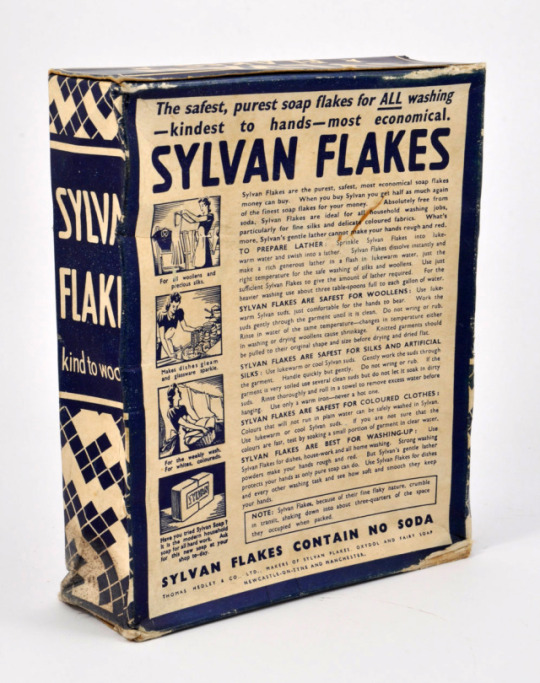
Soap flakes sold for 10 cents circa 1929
Here are some more laundry soap options we covered in the laundry post.
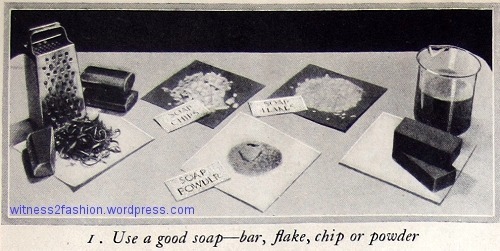
Laundry soap options in 1927. They included purchasing flakes, chips, or powder; liquifying your soap ahead of time(right); and (left) grating your own laundry soap from a bar. Fels Naptha soap, which came in a big bar, was rubbed on difficult stains and rings around the collar. (Link)
Liquidizing the soap entails taking soap shavings and dissolving it into boiling water. The liquid would then be poured into laundry water to be used. If left over night the soap re-solidifies.
For dishes another option besides powders or flakes is a soap shaker. This blog discusses early 20th century dishwashing, showing things like soap shakers and dish scrapers. Looks like one could use a soap shaker to more easily get suds from a bar of soap.
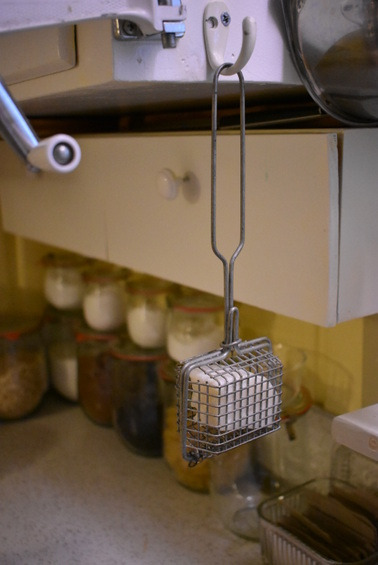
Modern soap shaker reproduction (Link).
But what about public bathrooms?
Most public bathrooms nowadays use liquid soap, and if liquid soap wasn't so common, what did they use?
It's possible some bathrooms used bars of soap it's not very easy to find information about that online. What I can find that is soap dispensers that dispensed powdered soap!
There's this one that had a crank to push the soap forward to an opening. Another type of seemed to have a lever/button press to dispense soap. Some styles shave off soap bars inside the canister as well.
I've never experienced these types of dispensers but looking online a lot of people seem to remember them growing up.
1940s era bathroom experienced in the 70s:
They were very simple -- white plaster walls with a wooden partition painted dark green, a painted concrete floor, and a plain white wall-mounted toilet. The sinks had cold water only, and over each sink was mounted a metal Boraxo dispenser -- Boraxo was a dry, gritty, powdered soap, and the dispenser was a sort of mechanical sifter with a lever that hung down below. You'd bang on the lever and a small amount of the powder would sift out. The towel dispensers gave out rough folded-red-paper towels
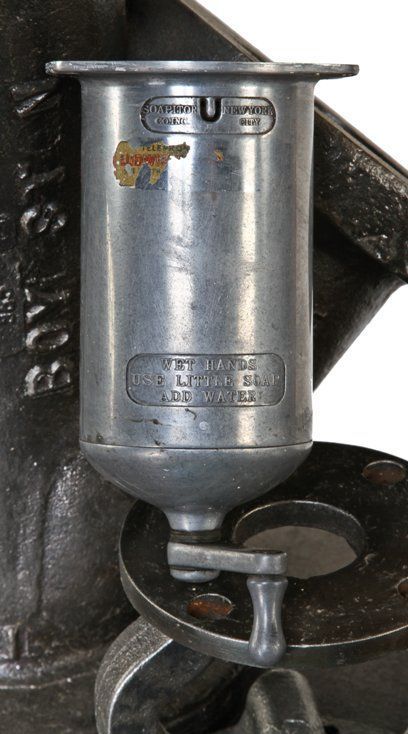
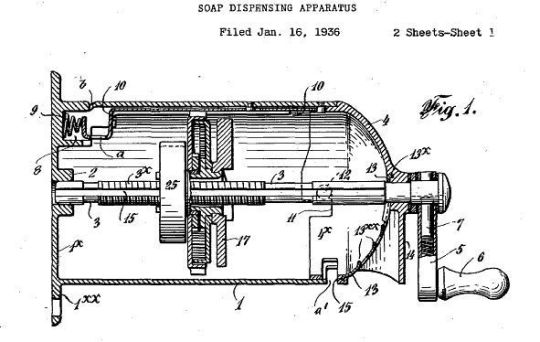
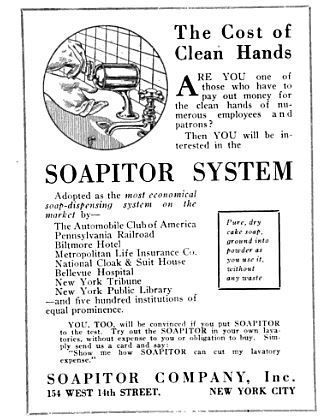
Circa 1936 powdered soap dispenser with crank handle. Note is says "pure dry cake soap ground into powder as you use it without any waste". So this dispenser seems to ground soap cakes (bars) into powder itself.
The video below is an example of push button powdered soap dispenser. Some dispensers have labels suggested to wet the hand first before using the soap. (37 sec video).
youtube
I have also seen people talk about soap leaves being available in women's bathrooms. The soap leaf booklets could also be carried around in a purse and used by the owner at their convenience.
You can see in this accessory pack that at least some soldiers were provided with soap leaf packets to use during World War Two.
In conclusion
It is unlikely Steve would be used to using liquid soap. From what I could find liquid soap, and especially the liquid hand soap dispensers, were not popular until the 80s (this seems to be partially because of the difficulty of developing a pump soap dispenser for liquid soap, so that would also be new for him.) I think the prevalence of liquid soap would surprise him as soap is so basic you don't really expect it to change but basically the whole experience of soap has changed for him.
Also, fun fact! Soap operas are called that because when they rose to popularity in the 20-30s they were regularly sponsored by soap companies!
#sunday steve#steve rogers#steve rogers meta#meta#soap#soap flakes#liquid soap#hand washing#history#20th century history#20th century#bathrooms#public bathrooms#soap powder#american history#early 20th century history#1900s#1930s#soap shakers#washing dishes
17 notes
·
View notes
Text
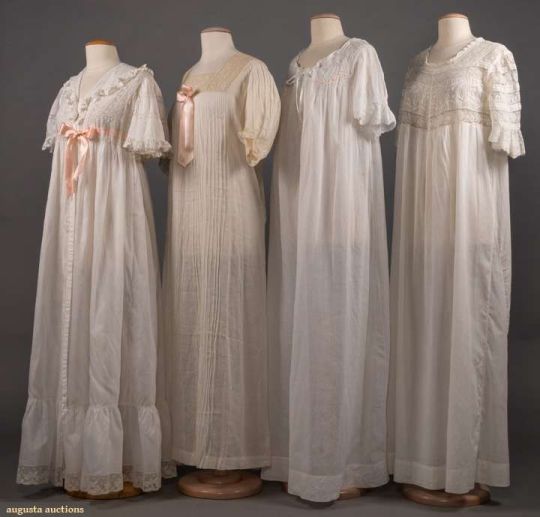
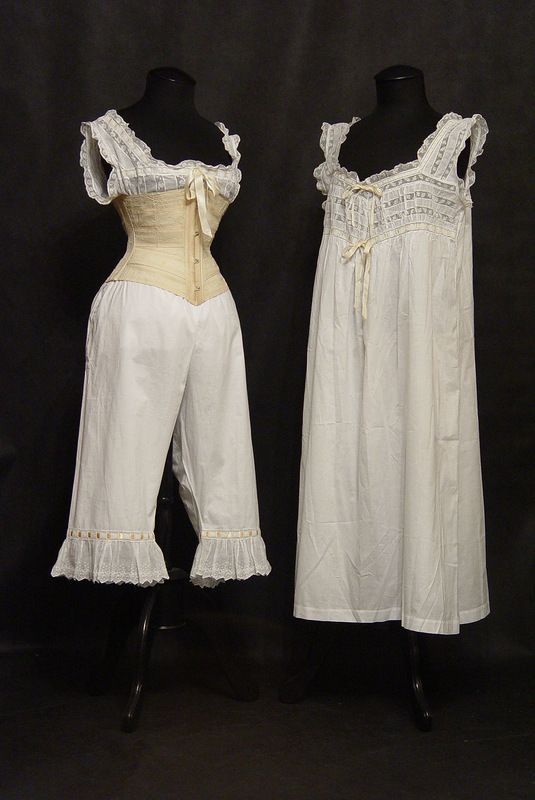
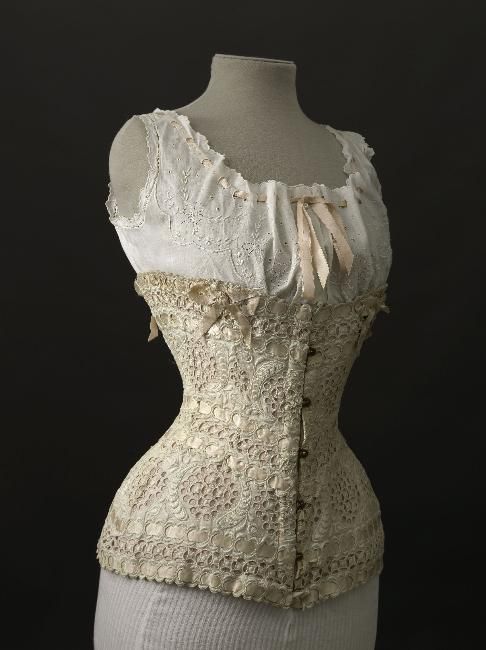
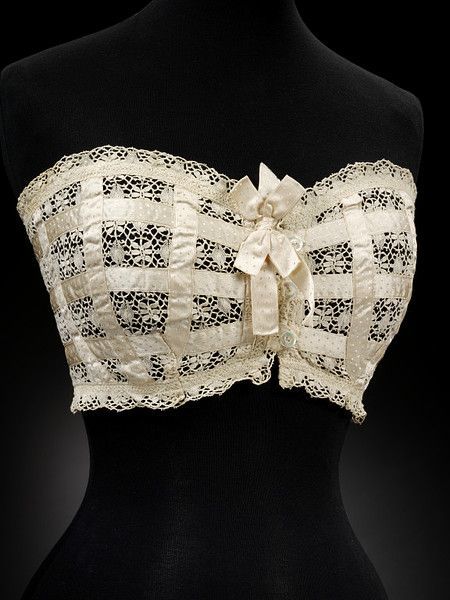
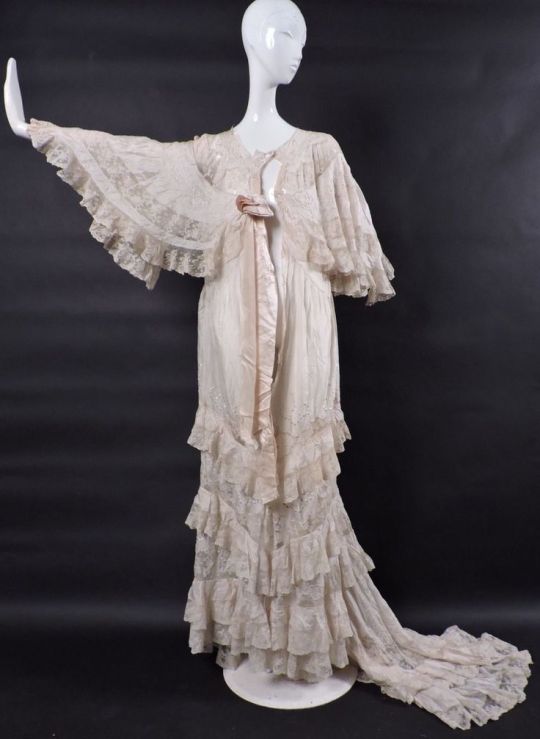
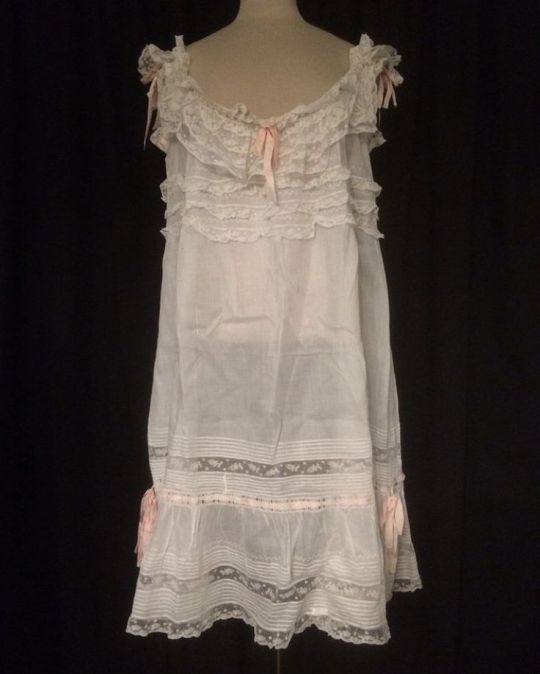
Undergarments of The Edwardian Era
#edwardian#this is a girlblog#lana del rey#girlblogging#vintage fashion#vintage aesthetic#marilyn monroe#jane birkin#lana del rey aesthetic#early 20th century#1900#1900s fashion#history of fashion#1900s#early 1900s#1900s dress#1910#1901#late 1800s#1800s#1800s fashion#1800s dress#19th century#fashion history#victorian#1910s#historical fashion#20th century#girlblogger#girlblog
9K notes
·
View notes
Text

Ball gown, Au Bon Marché (1905-1906)
via Museum für Kunst & Gewerbe Hamburg
#historical fashion#fashion history#dress history#history of fashion#ball gown#edwardian fashion#edwardian aesthetic#edwardiana#edwardian dress#20th century fashion#early 20th century#early 1900s#extant garments#coquettecore#pinkcore#1900s#1905#1906#1900s style#1900s dress#e
5K notes
·
View notes
Text

Tristan and Isolde(Death) (1910) by Rogelio de Egusquiza
#rogelio de egusquiza#oil painting#20th century#1900s art#early 1900s#art#art history#old paintings#painting#art work
2K notes
·
View notes
Text

A sailor plays with kittens discovered in an equipment room at U.S. Naval Air Station Squantum in Massachusetts in 1942
2K notes
·
View notes
Text
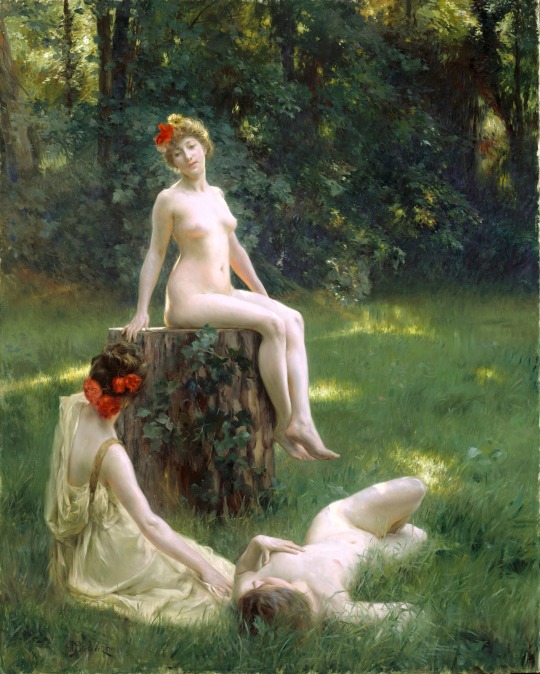
The Glade, 1900 Julius Leblanc Stewart
#Julius Leblanc Stewart#american art#art#painting#art history#belle epoque#edwardian#1900s#early 20th century#nature#idyllic#summer#the girls
2K notes
·
View notes
Text

Cesare Saccaggi (1868-1934) "Incipit Vita Nova, Dante" (1903) Oil on canvas Currently in a private collection
#painting#paintings#art#artwork#history painting#cesare saccaggi#oil on canvas#fine art#italian artist#dante alighieri#dante and beatrice#beatrice portinari#couple#love#garden#costume#costumes#female portrait#portrait of a woman#male portrait#portrait of a man#early 1900s#early 20th century
1K notes
·
View notes
Text
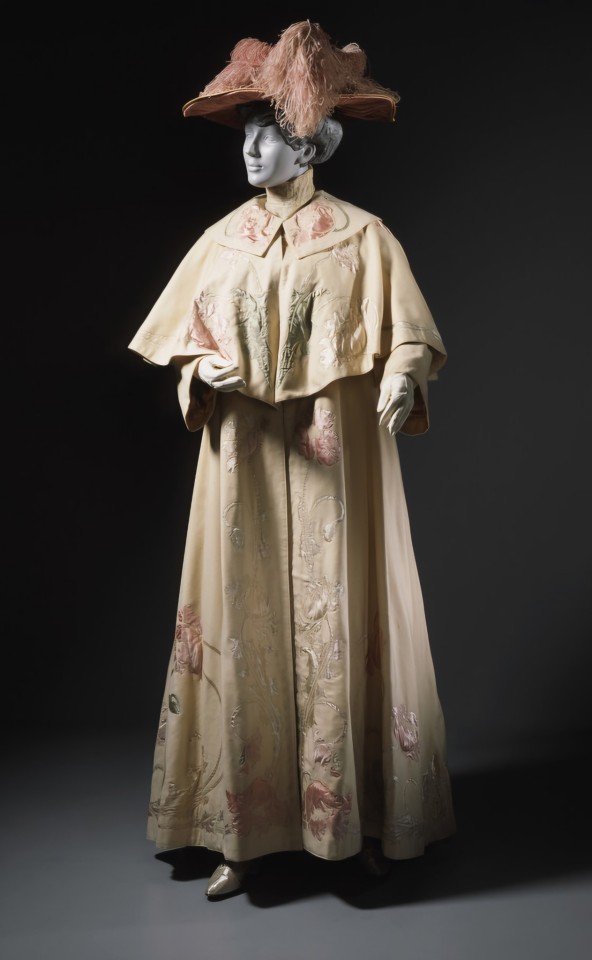
• Woman's Coat and Capelet.
Place of origin: France, Paris
Date: ca. 1905
Medium: Wool plain weave (broadcloth), with silk appliqué.
#fashion history#history of fashion#dress#fashion#1900's#1900's dress#1900's fashion#early 20th century#coat and capelet#coat#capelet#france#ca. 1905
518 notes
·
View notes
Text

submitted by @dewdropsongrasss 💙💜
#historical fashion poll submission#historical fashion polls#fashion poll#historical dress#historical fashion#dress history#fashion history#fashion plate#20th century fashion#20th century#early 20th century#mid 20th century#1930s style#circa 1930#1930s dress#1930s fashion#1930s#circa 1937#1937#skirt
470 notes
·
View notes
Text

Ramon Casas i Carbó (Spanish, 1866 - 1932) • La grasse matinée (Sleeping In) • 1900
#art#painting#fine art#art history#oil painting#ramon casas#spanish artist#sleep in paintings#early 20th century european art#the painted room blog#paintings of interiors#paintings of domestic interiors#paintings of rooms#art blogs on tumblr#artwork#the painted room art blog
226 notes
·
View notes
Text

Postcard of a very refined young man reading a letter with the precise degree of drama appropriate to the task, c. 1920s
#clutching his chest in an aesthetically considered manner#early 20th century#1920s#1920s fashion#art deco#historical fashion#fashion history#vintage men#menswear#vintage postcards#rppc
1K notes
·
View notes
Text
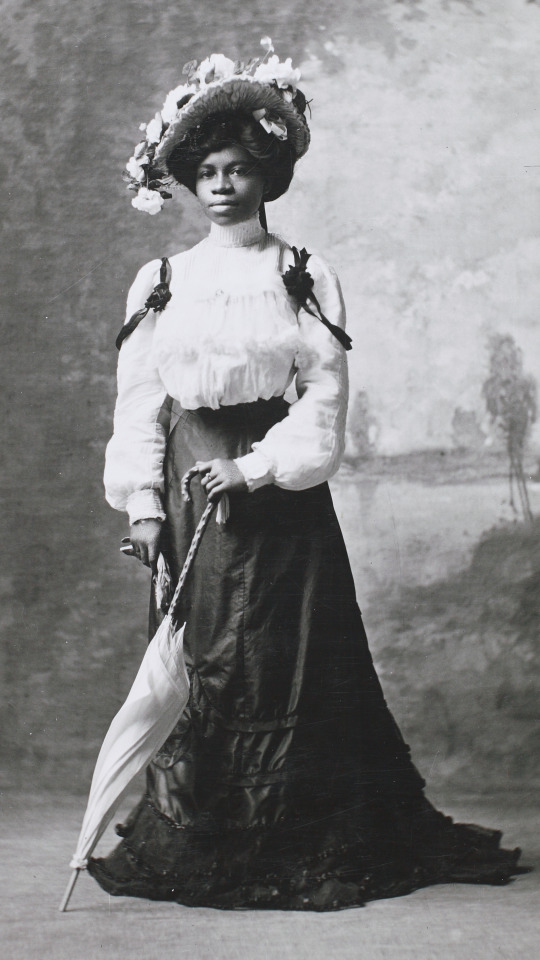
Marie Bell Watson (1879 - 1913), 1902
#1902#1900s#history#historical#fashion#historical fashion#fashion history#1800s#edwardian#edwardian era#edwardian fashion#edwardian aesthetic#edwardian dress#early 1900s#1900s fashion#1900s dress#1900s photography#black and white#early 20th century#20th century fashion#20th century#history tag#vintage photos#vintage#vintage fashion#antique#antiquebee
2K notes
·
View notes
Text

Madame Pascal Blanchard at a Party (1903) - George Desvallières
#madame pascal blanchard at a party#george desvallieres#1900s#early 1900s#1900s art#20th century#portrait#oil painting#art#art history#fine art#old paintings#painting#white dress#gold
240 notes
·
View notes
Text


Dress, c.1910s
Cotton, metal.
via idaho state historical society
#historical fashion#fashion history#history of fashion#clothing history#20th century#20th century fashion#early 20th century#edwardian#edwardian era#edwardian fashion#edwardian dress#1910s#1910s fashion#1910s style#1910s dress#purple#e
489 notes
·
View notes
Text

The Other Side (1918) by Dean Cornwell
#dean cornwell#oil painting#art#art history#old paintings#painting#20th century#1900s art#early 1900s#art work
2K notes
·
View notes
Text
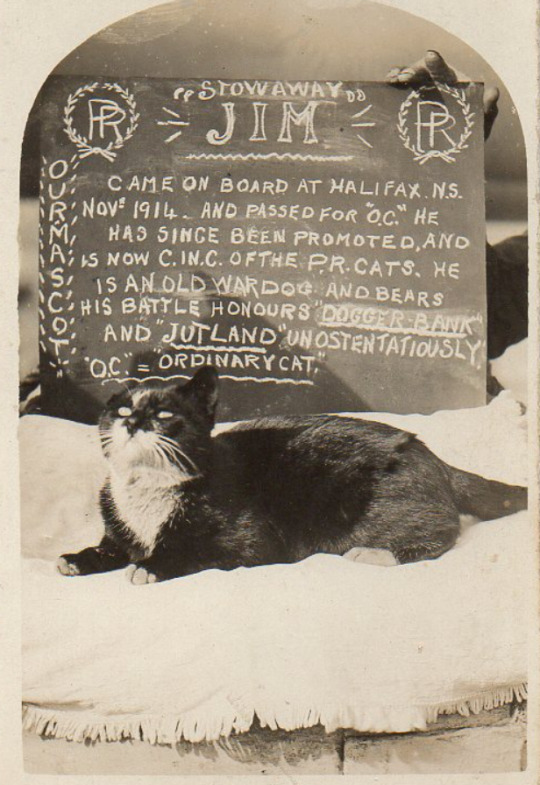
Stowaway Jim - Ship's Cat of HMS Prince Regent, early 20th century
Came on board at Halifax N.S. November 1914 and passed for O.C. He has since been promoted, and is now C. in.C. of the P.R. Cats. He is an old wardog and bears his battle honours " Dogger Banks" and "Jutland" unostentatiously. O.C. = Ordinary Cat
#naval history#photo#stowaway jim#ship's cat#hms prince regent#early 20th century#age of steam#ship cat sunday
9K notes
·
View notes